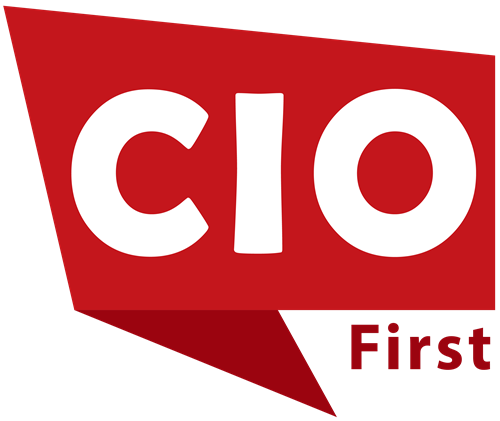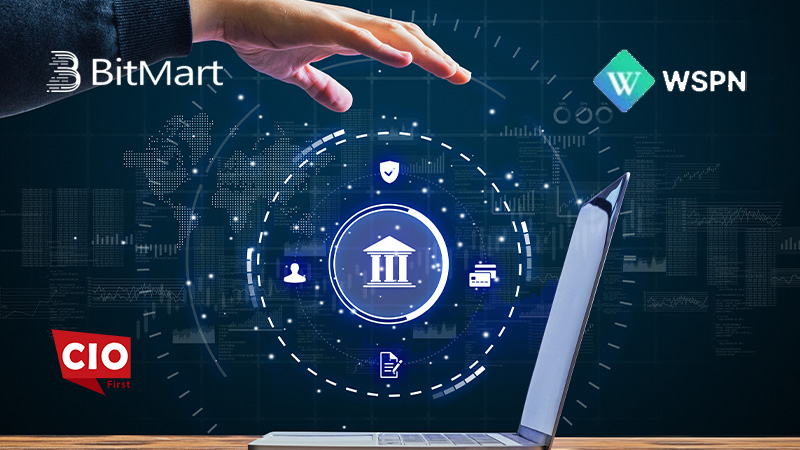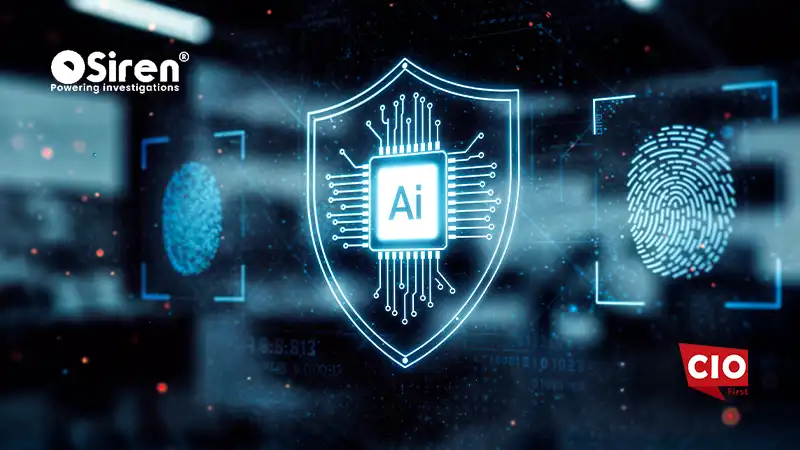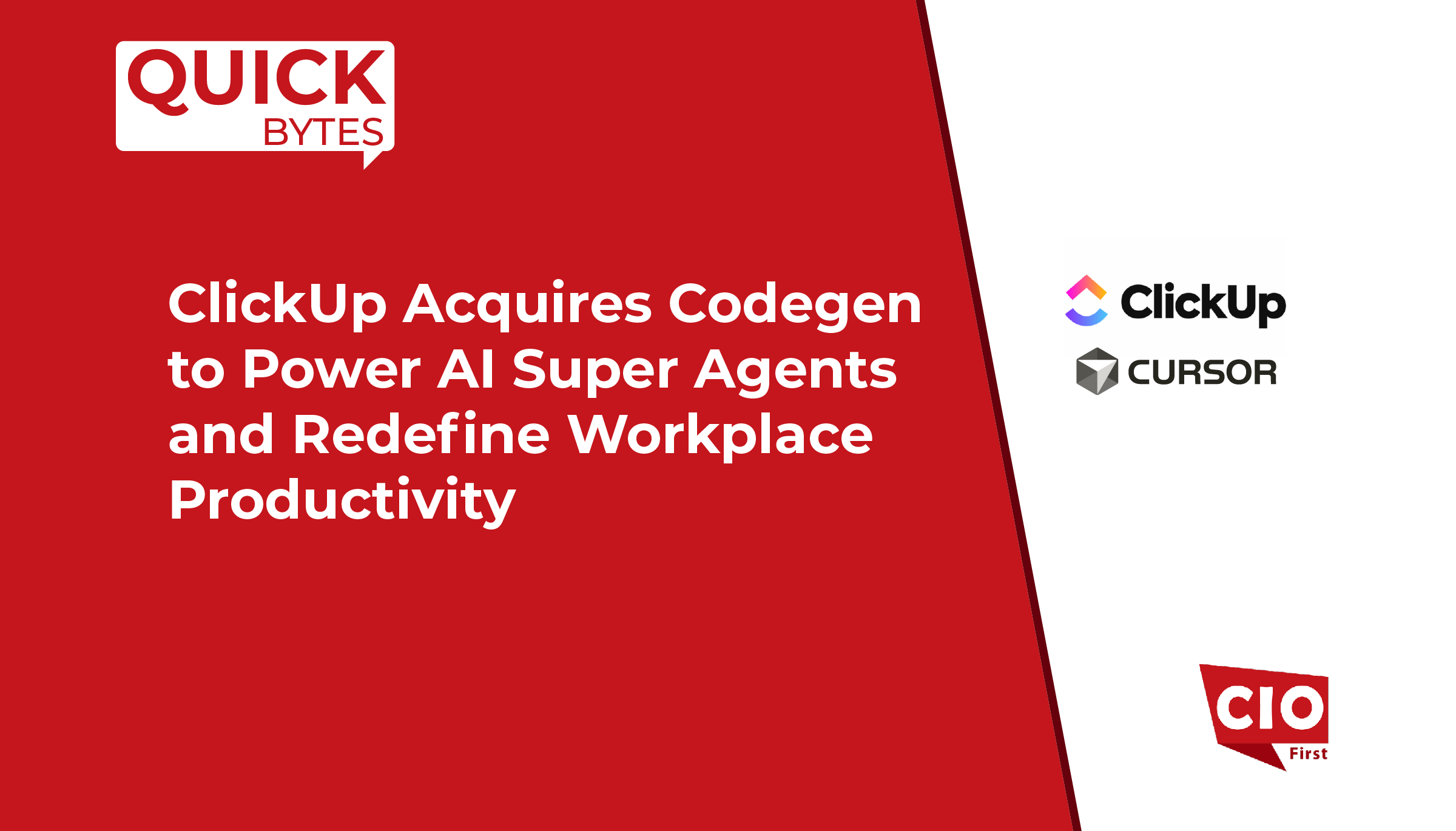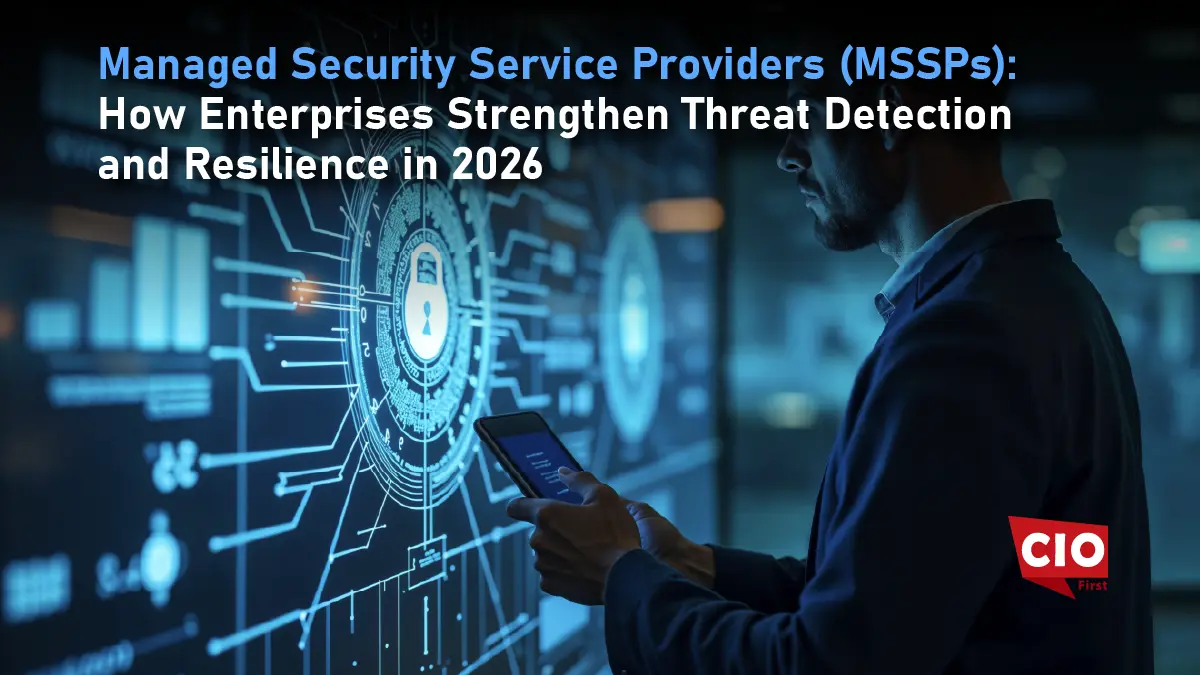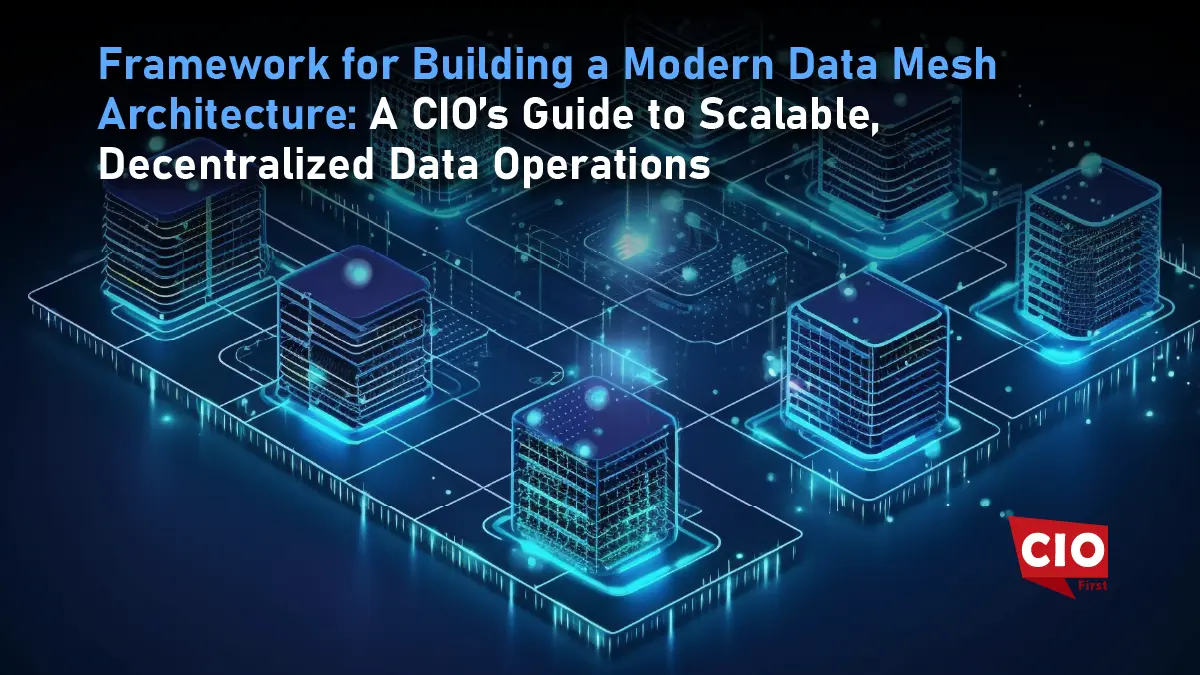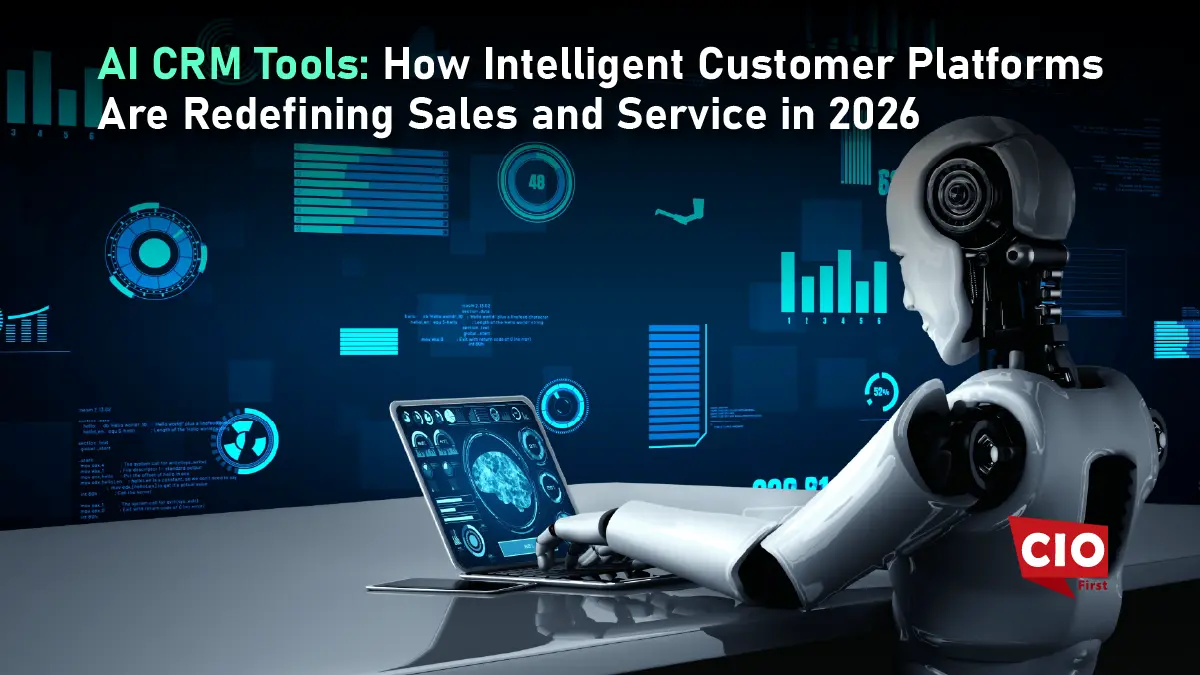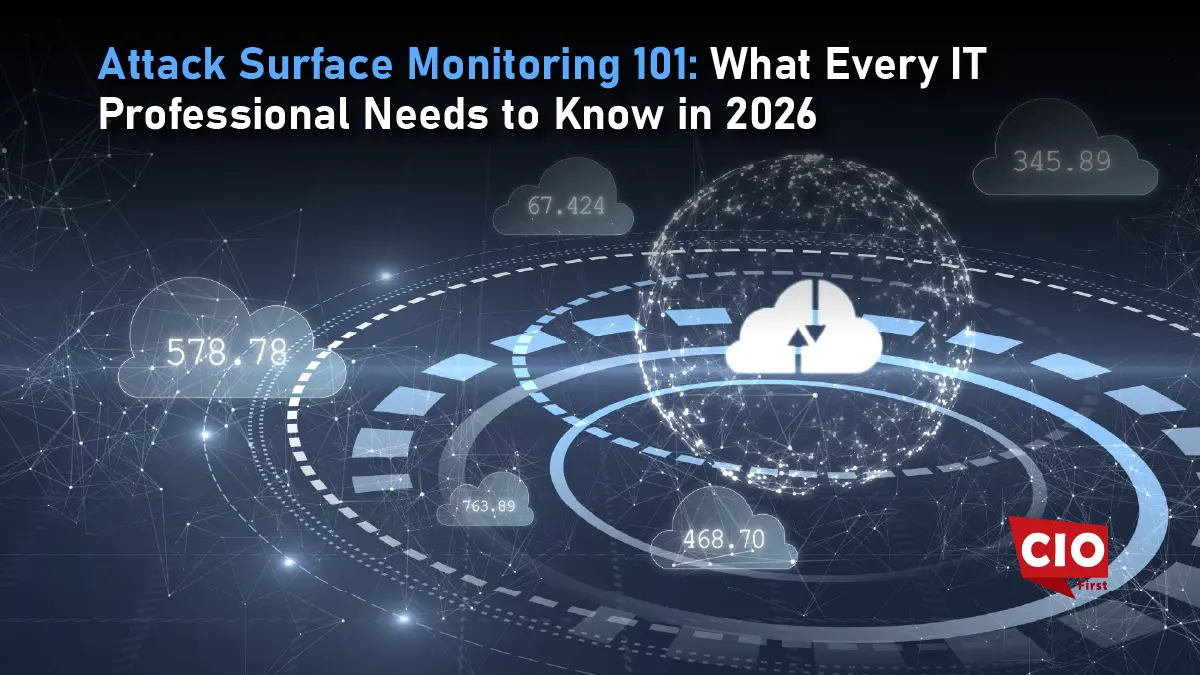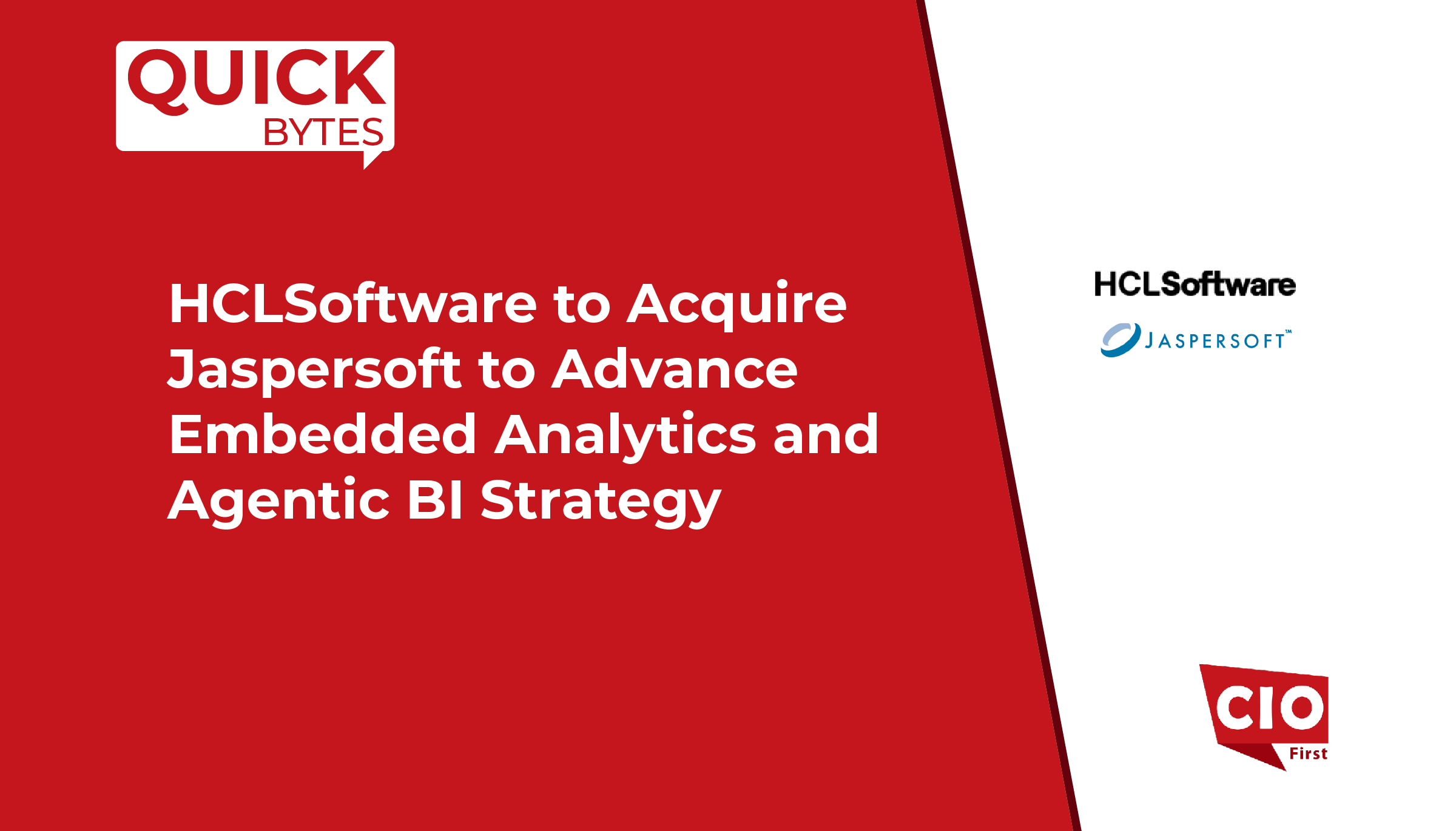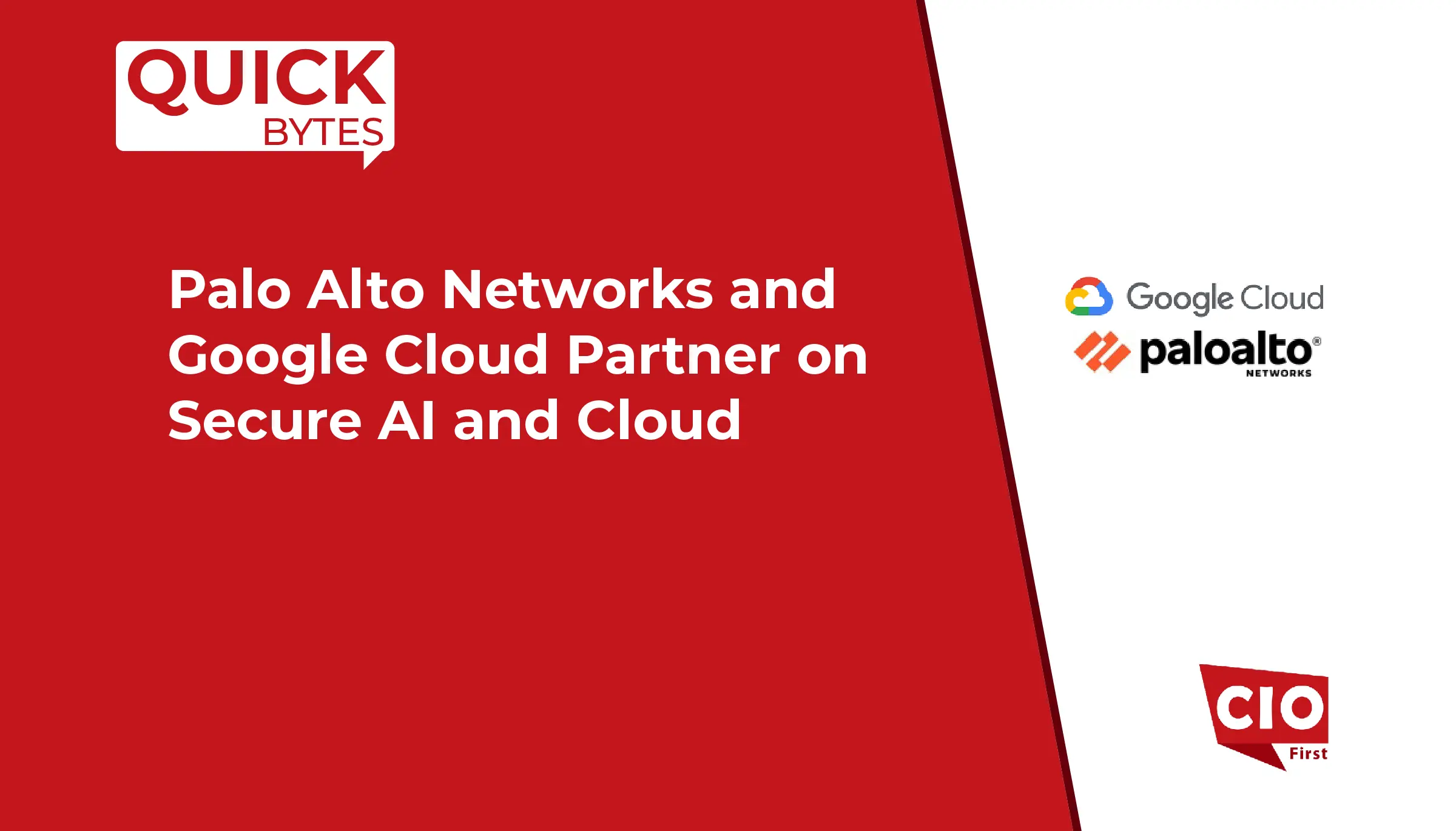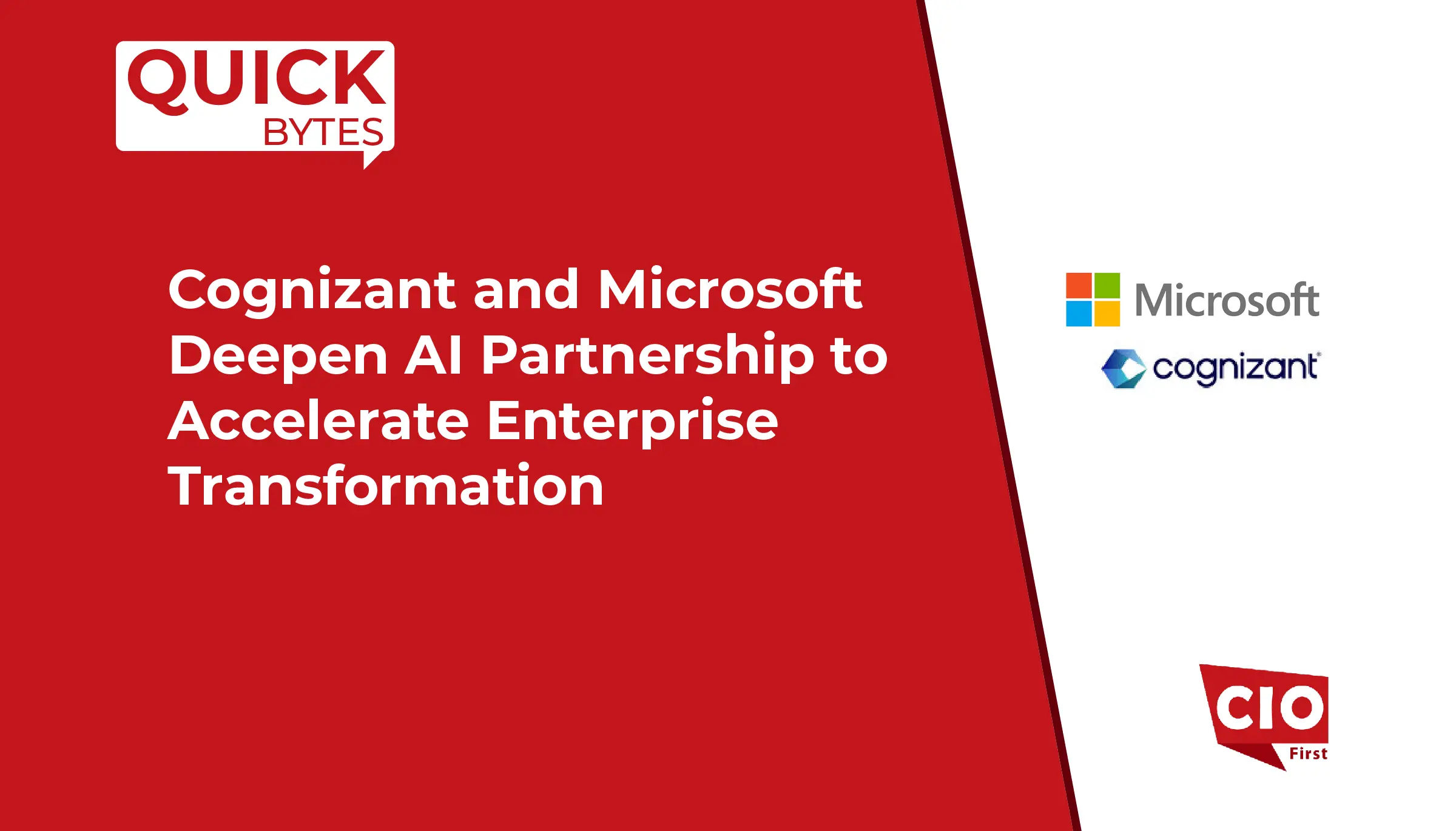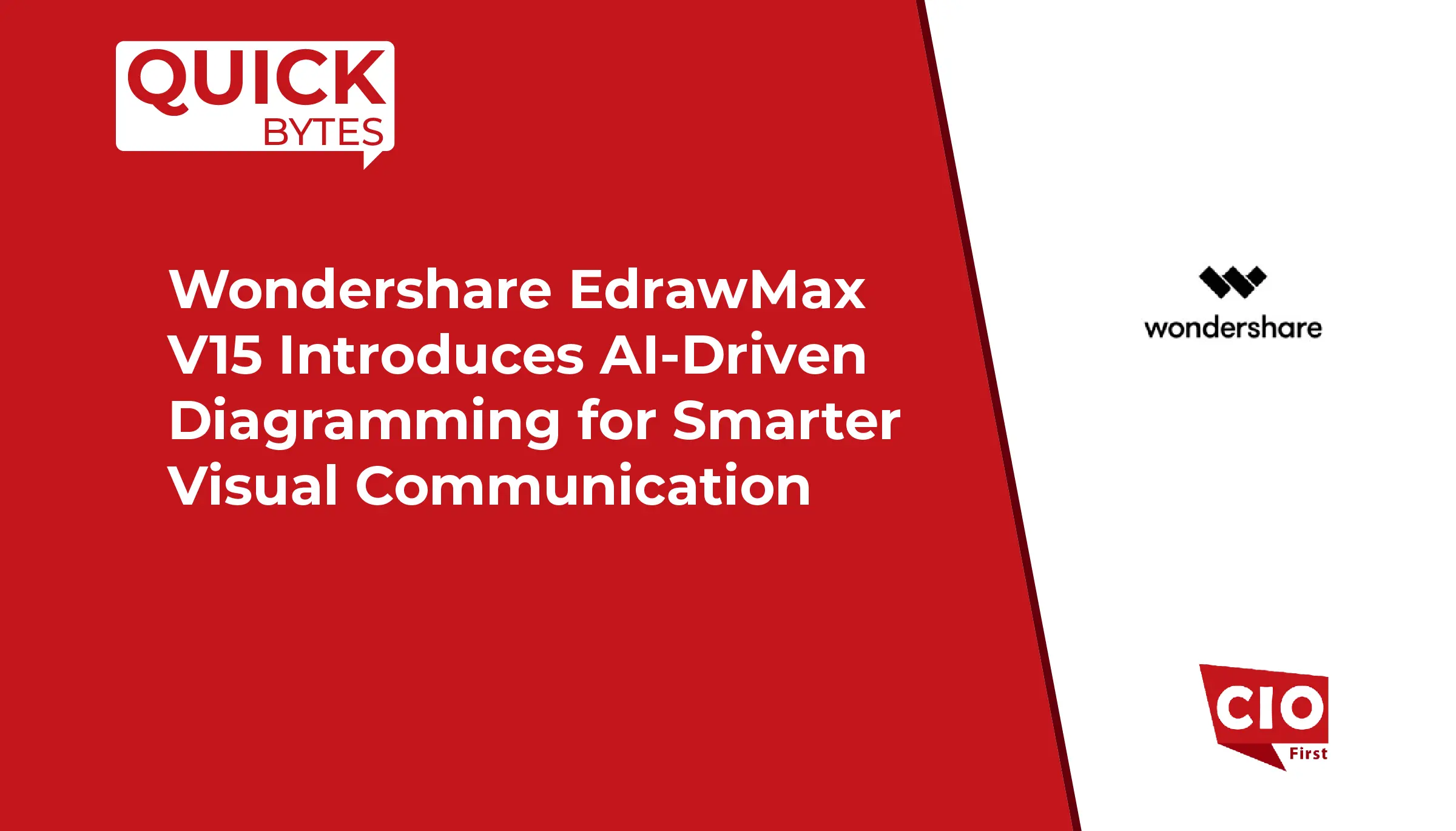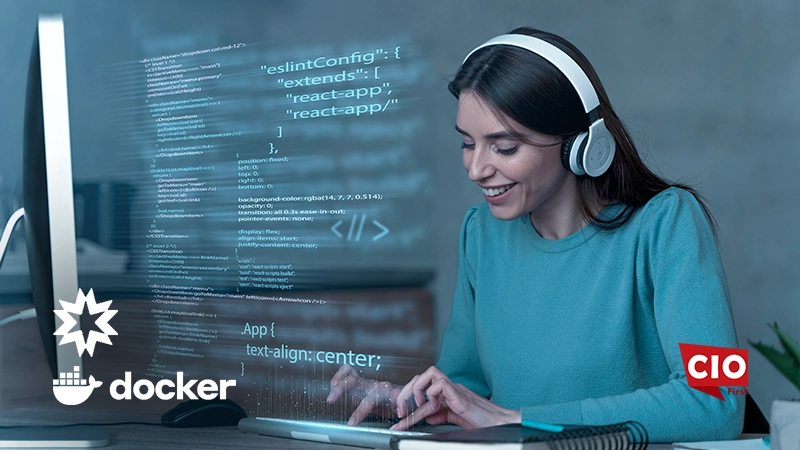Docker, and E2B announced a strategic partnership to enable native support for the open-source standard Model Context Protocol (MCP) within the E2B Sandbox. Through this collaboration, developers gain access to more than 200 MCP tools from Docker’s official catalog via a secure, unified interface.
E2B Sandbox, operated by E2B, has been delivering secure, isolated environments for agent code execution. Docker brings to the table a trusted, publicly-verified catalog of MCP servers. Together, the companies have built a foundation that enables AI agents to utilize real-world applications as tools in seconds instead of hours.
“E2B MCP with code unlocks an exciting paradigm of MCP in code while keeping the dev experience simple and intuitive”, said Benjamin Klieger, Compound AI Lead.
“Genspark uses E2B Sandbox with MCP integration to let users run 200+ MCPs from Docker’s official catalog with minimal setup, giving access to tools like Notion, Stripe, Browserbase, or Exa. E2B is an essential layer in our infrastructure, enabling us to securely run any MCP directly from GitHub inside isolated sandboxes”, said Kay Zhu, co-founder and CTO of Genspark.
Also Read AWS and Cybersecurity Agency Partner to Strengthen National Defense
Under the agreement, the MCP tools available in the E2B Sandbox are verified, type-safe, and securely consumed via one unified interface. Each MCP tool operates as a Docker container within the sandbox environment. The E2B SDK offers autocomplete, type validation, and a consistent developer experience.
The integration supports both internal sandbox usage (via a local MCP gateway) and external API access through the sandbox URL, enabling both local code and sandboxed agents to share the same tools securely. The collaboration spans content collaboration and open-source MCP gateway development, with scope to later introduce commercial extensions.
E2B and Docker believe this partnership will accelerate the adoption of agentic AI workflows by reducing the barrier to entry for developers and removing significant setup overhead. What previously required tens of minutes to hours of manual configuration can now be accomplished in seconds.
SOURCE: Docker
